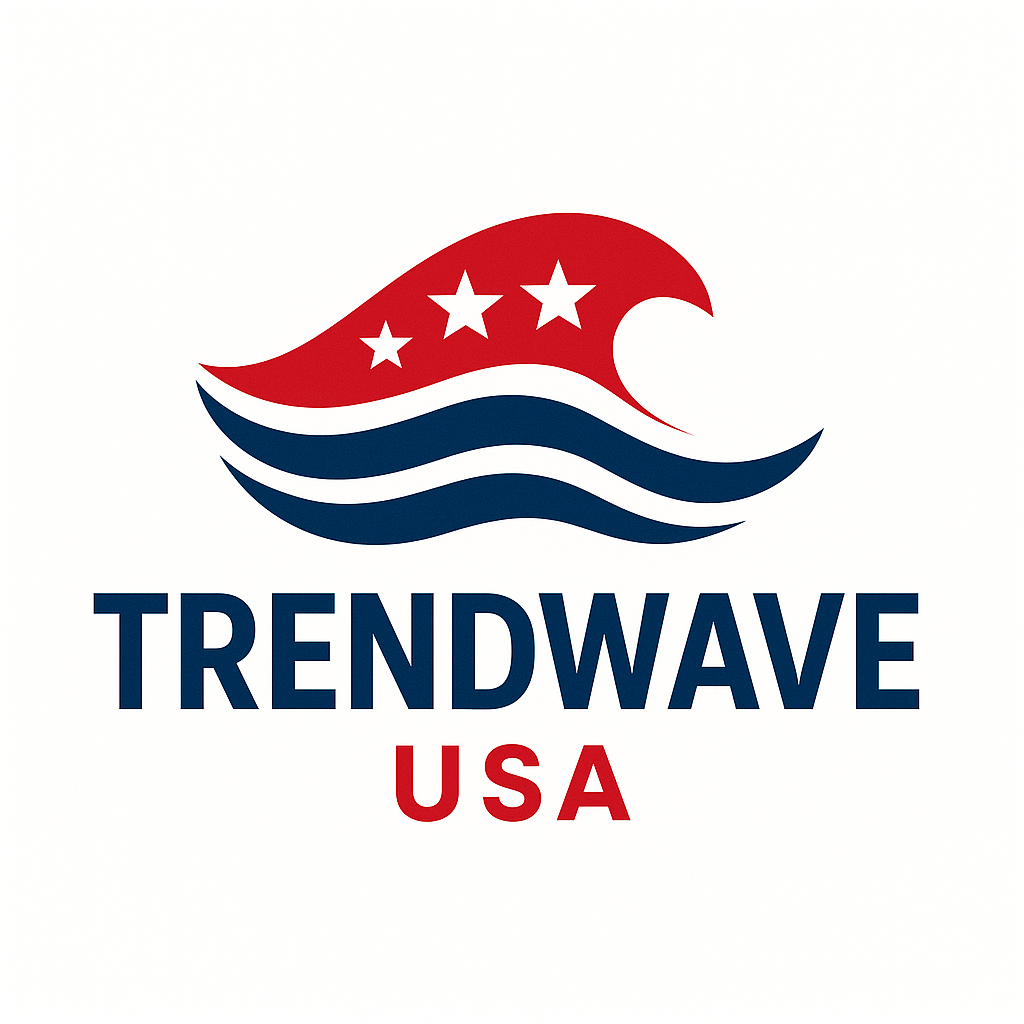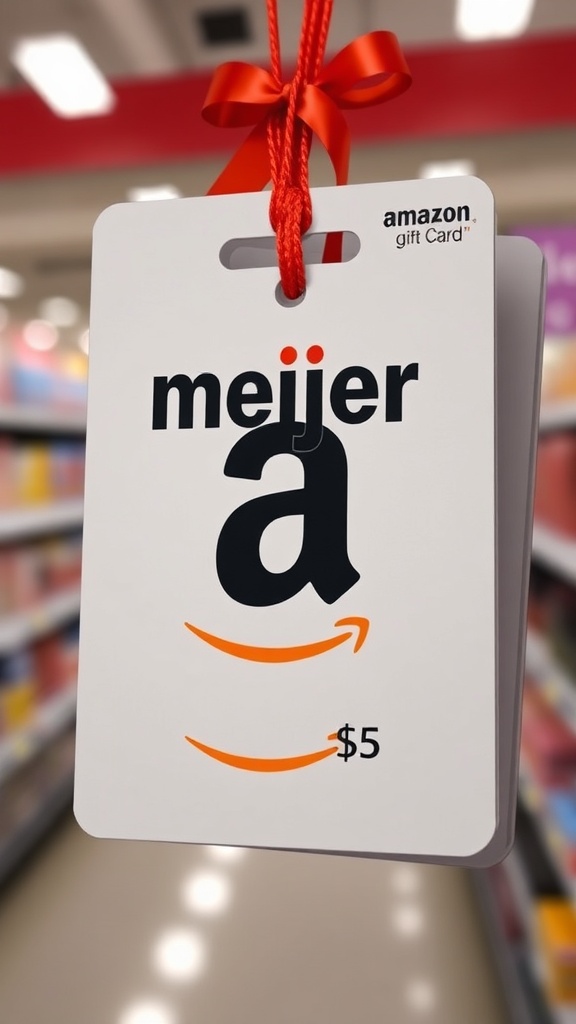The Shift to Ads on Pinterest: Historical Context and User Reactions
Over the past few years, users have noticed a dramatic increase in advertisements on Pinterest. This trend has sparked conversations about why Pinterest seems to be “all ads now.” Understanding this shift requires exploring the historical context of the platform, the evolution of its business model, and the mixed reactions from its community.
Pinterest started as a unique social media platform primarily focused on sharing ideas, creativity, and visual inspiration. Users would create “boards” to categorize pins—images or videos linked to blogs and websites. Initially, the browsing experience was largely free from aggressive advertising. This user-friendly approach attracted a broad audience, making Pinterest a go-to destination for DIY enthusiasts, fashion lovers, and home decorators.
However, Pinterest saw a tremendous opportunity to monetize its platform. The shift began when they recognized that their audience was highly engaged. Users were not just passively scrolling; they were actively searching for products and ideas to implement in their lives. In 2015, Pinterest began testing Promoted Pins, a way for businesses to advertise on the platform. These ads mimicked organic content, allowing brands to reach target demographics without disrupting the user experience significantly.
The momentum continued, and by 2020, Pinterest was integrating more ad formats, including video ads and shopping features. The idea was to enhance user experience by showcasing products tailored to users’ interests. While this development offered opportunities for brands, it also led to an influx of advertisements.
Today, when you scroll through Pinterest, it’s common to see a blend of user-generated content and ads. Here are some insights into why Pinterest feels saturated with ads:
- Increased Competition: As more brands recognize the platform’s potential, they vie for users’ attention. This competition drives up the number of ads shown to users.
- Advertising as a Revenue Model: Pinterest relies on advertising to generate revenue. The more ads they display, the more income they can earn.
- Advanced Targeting: With sophisticated algorithms, Pinterest is becoming adept at targeting users with ads that align closely with their interests, resulting in more frequent ad displays.
- User Behavior Insights: Pinterest uses data to understand user behavior, leading to tailored ad experiences that often feel omnipresent.
This heightened presence of advertisements has elicited a varied response from Pinterest users. Some appreciate the ads, finding them helpful for discovering products that align with their interests. The seamless integration of ads, which look and feel like organic content, can create a positive experience for those looking for inspiration and ideas.
On the other hand, many users feel overwhelmed by the sheer volume of advertisements. This shift has prompted complaints about how Pinterest has turned into a commercial platform rather than a creative space. Some believe the increase in ads detracts from the joy of browsing for inspiration. Instead of a curated experience, they find themselves navigating through sponsored content increasingly.
Experts suggest that Pinterest must find a balance between monetization and maintaining the user experience. Users appreciate ads that are relevant but may grow frustrated with an overabundance. To maintain engagement, Pinterest could focus on ensuring that advertisements are not only tailored but also limited in quantity.
Another strategy could involve emphasizing user-generated content alongside ads. If Pinterest can maintain an authentic atmosphere while featuring promotional content, this could alleviate some of the discontent among users. Involving the community in advertising through organic collaborations with creators could also produce more meaningful interactions.
While users grapple with the current state of Pinterest and its advertisement prevalence, it’s clear that Pinterest continues to pivot toward a business model that sustains its growth. The platform’s challenge will be to innovate and enhance user satisfaction amidst a backdrop of commercialization.
Ultimately, while the increase in ads on Pinterest may seem overwhelming, understanding the historical context and user reactions provides a clearer picture of the platform’s trajectory. As Pinterest forges ahead, it will be essential to monitor changes and adapt to ensure the platform remains a space for inspiration rather than merely a marketplace.
Strategies for Navigating Pinterest’s Advertising Landscape for Businesses
Pinterest has evolved into a vibrant platform not just for personal inspiration but also for businesses seeking to grow their reach. As Pinterest continues to embrace advertising as a core element of its structure, it can feel overwhelming for businesses trying to navigate this landscape. Here are some effective strategies to help you maneuver through Pinterest’s advertising landscape and ensure your brand stands out.
Understand Pinterest Audience and Trends
First, it’s essential to recognize who uses Pinterest and what they are looking for. Pinterest users typically seek inspiration, ideas, and solutions. Conducting thorough research to understand trends in your industry can provide useful insights into what captures the audience’s attention. This step can include:
- Utilizing Pinterest Trends to discover popular search terms and Pins.
- Analyzing your audience demographics to tailor content more effectively.
- Keeping an eye on seasonal trends and planning your content calendar accordingly.
Optimize Your Pins for Visibility
In a sea of advertisements, you want your content to shine. High-quality images and thoughtful design can significantly impact engagement. Make sure that your Pins are visually appealing by:
- Using vertical images, which tend to perform better on Pinterest.
- text overlays on your images to convey your message quickly.
- Ensuring your images reflect your brand aesthetic to build recognition.
Craft Engaging Descriptions
While visuals are crucial, the description that accompanies your Pin plays a necessary role in driving engagement. Make your descriptions informative and compelling by:
- Utilizing relevant keywords that align with what users are searching for.
- a clear call to action to encourage engagement.
- Making sure your description adds context to your Pin, creating value for your audience.
Utilize Idea Pins
Idea Pins are a fantastic way to showcase multiple aspects of your brand through a more immersive format. Businesses can utilize Idea Pins for storytelling, how-to guides, or tutorials. By tapping into this feature, you can:
- Capture attention through rich media like videos and images.
- Encourage long-term engagement by keeping users on your content longer.
- Connect directly with your audience by sharing insightful, actionable ideas.
Leverage Pinterest Ads for Targeted Reach
Pinterest Ads allow businesses to target specific audiences based on their interests and behaviors. This targeted approach is critical for maximizing advertising ROI. You can opt for:
- Promoted Pins, which are regular Pins you can pay to have shown to more people.
- Shopping Ads, ideal for e-commerce brands looking to promote products directly.
- Carousel Ads, which enable you to showcase multiple images and tell an engaging story.
Analyze and Adjust Your Strategy
Monitoring your results is a crucial step in any advertising strategy. Pinterest offers various analytics tools that can help you assess the performance of your Pins and ads. Focus on:
- Tracking impressions and engagement to understand what resonates with your audience.
- Adjusting your strategies based on data insights to improve future campaigns.
- Experimenting with different content formats and scheduling times to maximize engagement.
By implementing these strategies, you can effectively navigate Pinterest’s advertising landscape. Gaining a firm understanding of your audience, creating appealing visual content, and leveraging advertising opportunities will enhance your brand’s visibility on this bustling platform. Ultimately, this will lead to meaningful connections with potential customers and boost your business growth.
Conclusion
The rise of advertising on Pinterest has transformed the platform, creating a new landscape for both users and businesses. As more users express frustration over the increasing presence of ads, it’s essential to understand that this shift reflects Pinterest’s broader business strategy. The company aims to monetize its user base while providing value through visually appealing and relevant ads. For businesses, this presents both challenges and opportunities.
Navigating this new advertising landscape requires strategic thinking. Companies can focus on creating high-quality, engaging content that resonates with Pinterest’s audience. Emphasizing the use of visually striking images, optimized keywords, and thoughtful targeting can enhance visibility amid the influx of ads. It’s also beneficial for brands to experiment with different ad formats, such as video pins or shopping pins, to see what engages their audience most effectively.
To thrive in this evolving environment, it’s crucial for businesses to stay agile and adapt to changing user preferences. By prioritizing user engagement and utilizing Pinterest as a tool for discovery, companies can turn ads into valuable opportunities to connect with potential customers. As the platform continues to grow and adapt, understanding how to leverage ads creatively will be key. In the end, it’s about finding a balance that caters to both users and brands, ensuring Pinterest remains a platform of inspiration while offering businesses a pathway to connect authentically with their audiences.




